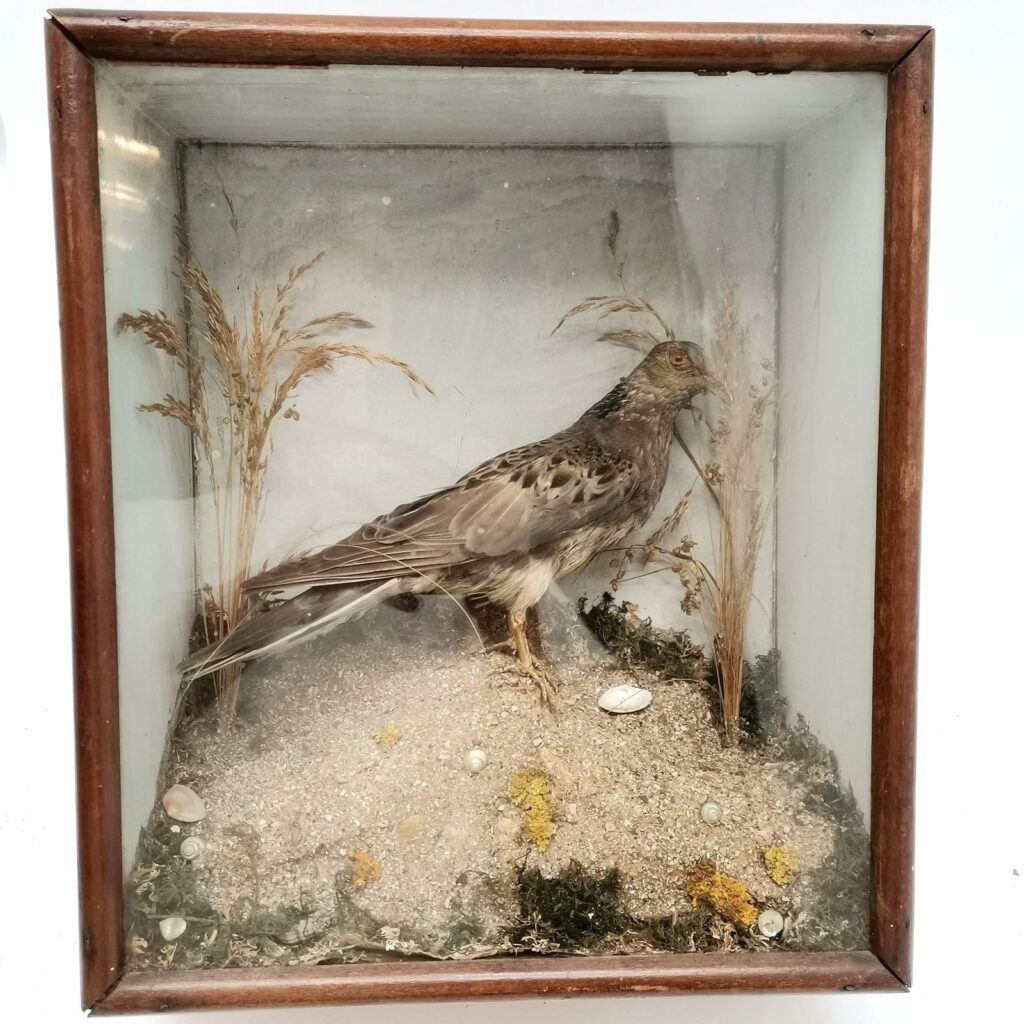BLOG
Finds and Interests
Our WorthPoint Price Guide updates daily, with thousands of new items streaming in from our Industry Partners. I like to try to single out a few of my favorites to share with our followers. There’s usually a good story behind so many of these pieces, and sharing my passion for antique and vintage items is the best part of my job. Let me tell you about an interesting item that one of our partners recently auctioned.

Many collectors like taxidermy. Whether it’s a large deer head or a spotted owl, animals that are no longer alive but were stuffed and mounted by a taxidermist can be highly prized by collectors of natural items like feathers, butterflies, and other animal parts. Recently, WorthPoint Industry Partner, Acreman St. Antique Auctions, included a most unusual example of taxidermy: an American Passenger Pigeon.
The American Passenger Pigeon is an extinct species of bird. In the 17th and 18th centuries, the birds were plentiful in the vast wilderness of North America. They are not to be confused with carrier pigeons/homing pigeons. Those birds are domesticated and trained to carry messages and fly back to their keeper. Carrier pigeons were used extensively in World War II to carry messages between battlefields.
Early explorers spotted American Passenger Pigeons in their travels and all reported huge groups of the birds that would migrate overhead. They were hunted for food, and by 1900, they were extinct. The Cincinnati Zoo was the last known location of one of the birds. A female that was the last survivor of a group of birds that a local man donated to the zoo in hopes of breeding them back into existence. Named for George Washington’s wife, Martha, the American Passenger Pigeon died at the zoo in 1914.
I can’t be the only one who finds these birds fascinating, because the recent auction at Acreman St. Antique Auctions for the American Passenger Pigeon dropped the hammer at $6,385. It seems to be a high price for a stuffed bird, but there are none left alive, and very few examples of preserved ones, since they were mainly hunted for food. Taxidermy can be an expensive collectible, but owning something (even dead and stuffed) that no longer exists anywhere on the planet is something not many collectors can claim.